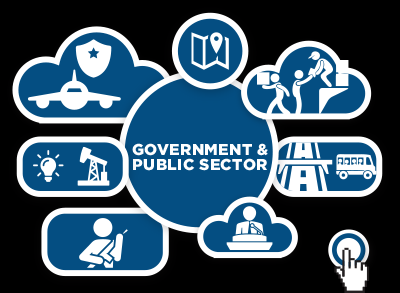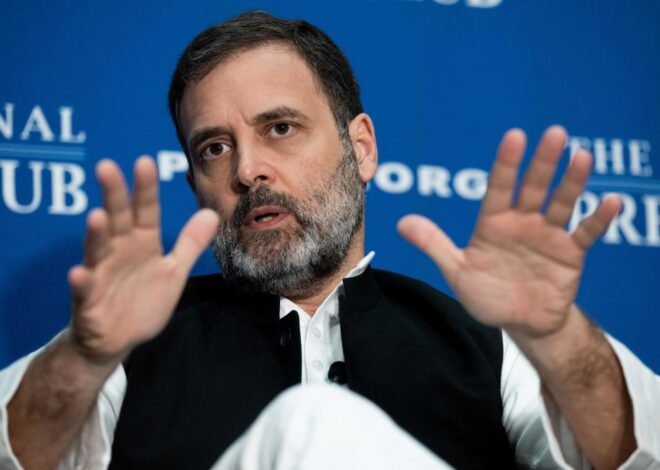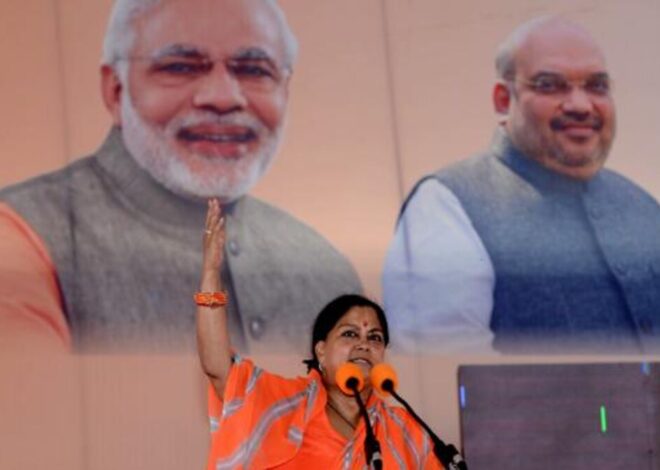
Indian Government Sectors: A Comprehensive Examination
The Indian government, a multifaceted entity, encompasses a diverse range of sectors, including education, healthcare, defense, and finance, all crucial to the nation’s development and governance, with each sector making a substantial impact on the lives of its citizens.

Read more.. THE LANDSCAPE OF FUTURE ELECTIONS 2023 AND 2024
Read more.. FIVE HEALTH TIPS FOR STAY FIT AND ENERGIZED
1. Education Sector: Building the Nation’s Future
The education sector in India, encompassing primary and tertiary education, serves as a linchpin in shaping the nation’s future, but it grapples with formidable challenges like access disparities, teacher shortages, and outdated curricula.
2.Healthcare Sector: Aiming for Universal Health Coverage
India’s healthcare sector is on a quest to achieve universal health coverage. With the implementation of initiatives like Ayushman Bharat, the country aims to provide affordable healthcare to all its citizens. Nevertheless, issues like infrastructure gaps, doctor shortages, and disparities in healthcare access still persist.
Read more.. Stranded Canadian PM Departs India As Plane Snag Is Resolved
3.Defense Sector: Safeguarding the Nation’s Security
The defense sector shoulders the vital duty of protecting India’s sovereignty, with the Army, Navy, and Air Force acting as vigilant guardians along the nation’s borders, while concurrently playing a substantial role in bolstering the country’s economy through domestic defense manufacturing.
4.Finance Sector: Fueling Economic Growth
The Reserve Bank of India (RBI), as the vigilant steward of monetary policies, plays a crucial role in maintaining India’s economic stability, while simultaneously promoting entrepreneurship through initiatives like Make in India and Startup India, within the dynamic financial sector encompassing banking and financial institutions.
5.Agriculture Sector:
Agriculture continues to be the cornerstone of India’s economy, sustaining the livelihoods of the majority of its populace, yet it grapples with issues such as dwindling farm incomes, the need for modernization, and the adverse effects of climate change. Government schemes like Pradhan Mantri Kisan Samman Nidhi aim to address these issues.
6.Infrastructure Sector: Building for Tomorrow
The infrastructure sector encompasses the development of roads, railways, airports, and more. It is essential for the country’s economic growth and connectivity. Projects like Bharatmala and Sagarmala are transforming India’s infrastructure landscape.
7.Environment and Climate Sector: Sustainability Matters
In response to the challenges posed by climate change, India demonstrates its unwavering commitment to tackling environmental issues through initiatives such as Swachh Bharat Abhiyan and the promotion of renewable energy projects, fostering a path towards sustainable development.
8.Rural Development Sector: Bridging Urban-Rural Divide
The rural development sector focuses on improving living conditions in rural areas. It includes initiatives like MGNREGA, which provide employment opportunities and build rural infrastructure. Bridging the urban-rural divide is crucial for balanced development.
9.Technology and Innovation Sector: The Digital Revolution
India is experiencing a digital revolution, with initiatives like Digital India and the National Digital Health Mission (NDHM) at the forefront. These programs aim to connect citizens and promote innovation, but challenges like digital literacy persist.
10.Foreign Relations Sector: Navigating Global Partnerships
India’s foreign relations sector plays a vital role in maintaining diplomatic ties with countries around the world. It influences trade, security, and global influence. India’s foreign policy approach seeks to balance its strategic interests and global responsibilities.
Conclusion
The intricate tapestry of the Indian government encompasses diverse sectors, each grappling with distinct challenges and making significant contributions to the nation’s progress, underscoring the imperative for adaptation and innovation to address the evolving needs of India’s multifaceted population. In pursuit of a more prosperous and equitable India on the global stage, it remains a collective endeavor where every sector assumes a pivotal role.




